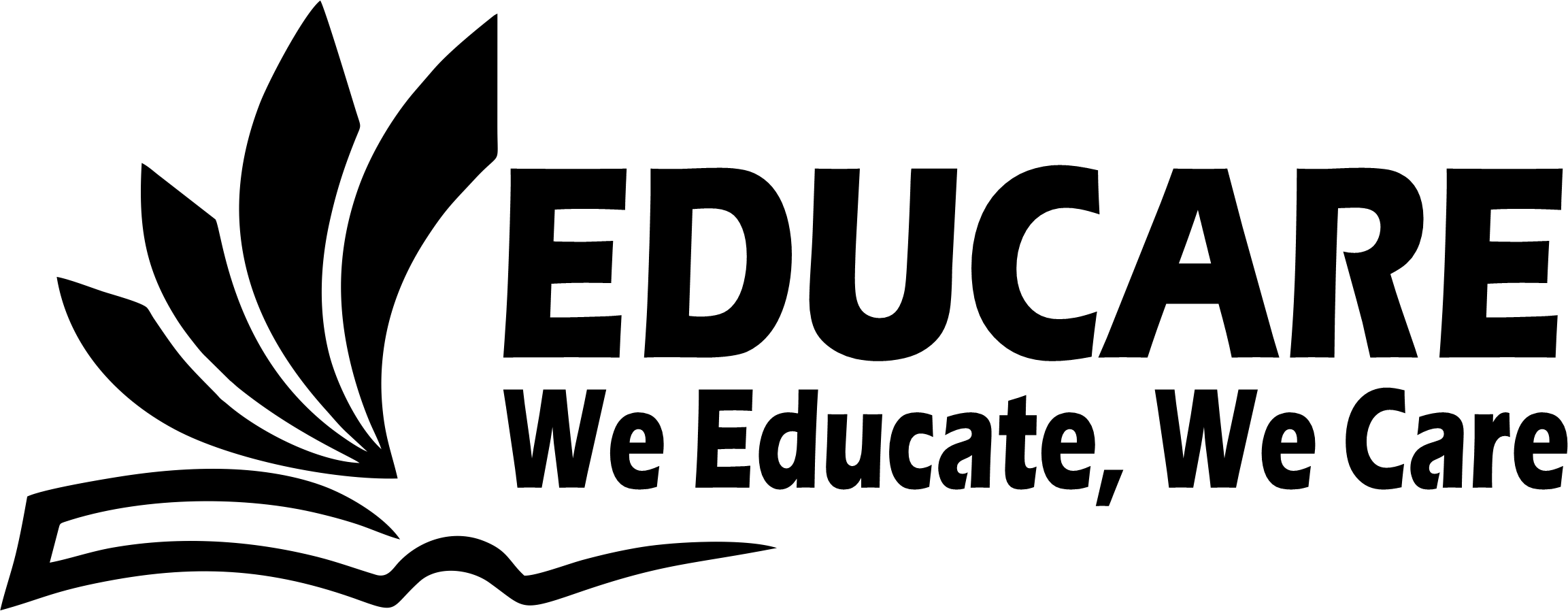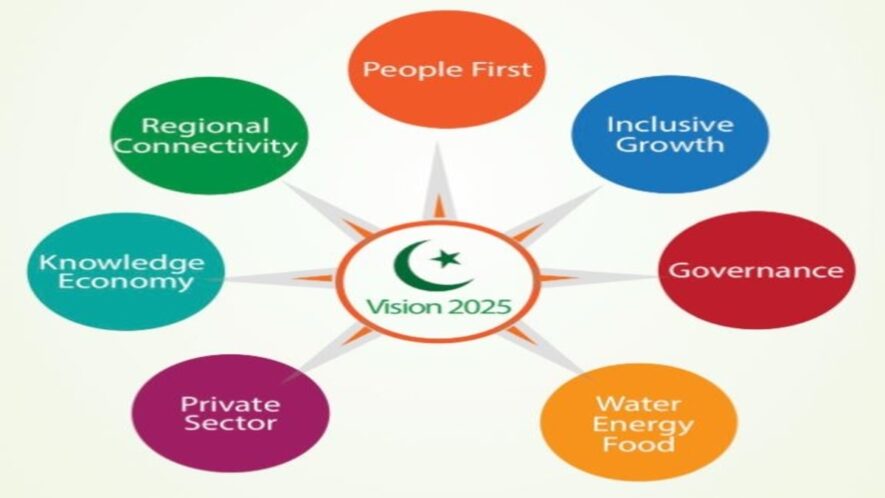Pakistan Vision 2025 is designed to represent an aspirational destination. It will serve as a critical guide-post for the development of an effective strategy and road-map to reach our national goals and aspirations. It is not meant to represent the resultant strategy and program itself. The Vision will be realized through strategies and programs defined in associated five-year and annual plans.
PILLAR I — Putting People First – Developing Human and Social Capital
The first priority is to provide every citizen the ability to improve his/her choices and quality of life. This requires capitalizing upon and strengthening existing social capital, improving the human skill base of the population, and providing access to opportunities for advancement. It involves a rapid scaling-up of investments in education, health and social development, generating jobs and prospects for the youth bulge, harnessing the rising power of a socially aware population, gender equality and women’s development, inclusion of vulnerable segments, interfaith harmony and religious diversity, promotion of art, culture and heritage, raising sporting standards, and moving towards a knowledge-based, ethical and values driven society.
PILLAR II — Achieving Sustained, Indigenous and Inclusive Growth
Pakistan Vision 2025 seeks to revive and sustain the growth momentum consistent with environmental limits and equity considerations. The objective is to provide better living standards to every Pakistani irrespective of caste, creed, or domicile, or religious or political affiliation. Every effort will be made to overcome the manifold inequalities—horizontal and vertical, intra and inter-provincial, or rural and urban inequalities. The Vision envisages a strategy for developing a united and equitable society through a balanced development approach, social uplift and rapid broad based growth. This includes resource mobilization through improved tax collection, export orientation, mobilizing the diaspora and attracting private sector investment, radical improvements in productivity, provision of opportunities to all segments of society, formalizing the parallel economy, urban development and smart cities and social protection frameworks.
PILLAR III — Governance, Institutional Reform and Modernization of the Public Sector
The third pillar aims to ensure good governance; strengthen institutions such as parliament, judiciary, police, and the civil service; and deliver the benefits of devolution of powers to provincial governments as prescribed in the 18th Amendment. The Vision seeks an efficient and transparent government, which operates under the rule of law and provides security of life and property to its people. Good governance encompasses excellence in the management of political, economic, and administrative infrastructure, the development of a skilled, motivated, results focused, “high performance” civil service, elimination of corruption, Flat, Agile, Streamlined and Tech-enabled public sector, transparency on government performance, and the building of an effective regulatory framework that leverages supporting technology and global best practices.
PILLAR IV — Energy, Water and Food Security
Pakistan Vision 2025 recognizes that sufficient, reliable, clean and cost-effective availability of energy, water and food – for now and the future – is indispensable to ensure sustainable economic growth and development.
There is a need to fill the enormous gaps in these areas, while simultaneously making efforts to respond to the looming threat of climate change. There is a renewed national consensus — as articulated in the manifestoes of all leading political parties — to commit major new resources through public and private sector collaboration in these areas and ensure required production and storage capacities. At the same time, efforts will be made towards conservation, efficient distribution and usage of resources, and preventing contamination and environmental degradation.
PILLAR V — Private Sector & Entrepreneurship Led Growth
Vision 2025 aims to make Pakistan a highly attractive destination for private sector investment, with conditions that allow private investors to successfully participate in its development. This will require a concerted focus on the areas that inhibit the private sector, including the energy deficit, lack of security, labor skills, slow and costly judicial procedures (contract enforcement), macroeconomic instability and ad hoc regulations. Public sector enterprises will be made profitable and efficient through a combination of restructuring, partial and outright privatization. Public private partnerships will be promoted through a comprehensive policy regime. Attracting private sector investment will be a key priority and driver of growth. SME sector will be aggressively developed and entrepreneurship enabled.
PILLAR VI — Developing a Competitive Knowledge Economy through Value Addition
National competitiveness refers to the ability to produce and deliver products and services effectively and profitably relative to competing countries. Improving national competitiveness is critical to ensure we utilize our resources in a productive manner – based on merit, quality and innovation instead of unproductive rent seeking. Vision 2025 envisages investment in the determinants of national competitiveness, especially skill development, information and communication technologies, and engagement in international markets. The foundations of a knowledge economy will be laid and Industry-Academia linkage strengthened. Cluster based development approach will be used and value chain improvements incentivized. Innovation, technology adoption and value addition will be encouraged. Natural endowments will be tapped, and productivity enhanced across all factors.
PILLAR VII — Modernizing Transportation Infrastructure and Greater Regional Connectivity
Successful countries have invariably built upon the dynamism of their regional contexts. Pakistan is situated at the nexus of the four most dynamic regions of the world—China, South Asia, the Middle East, and Central Asia. Vision 2025 aims at the establishment of an efficient and integrated system of communications and transport, in order to both benefit from and contribute to the regional dynamism. Key related targets are reduction in transportation costs, safety in mobility, effective connectivity between rural areas and markets/urban centers, inter-provincial high-speed connectivity, integrated road/rail networks between economic hubs (including air, sea and dry ports), high-capacity transportation corridors connecting major regional partners and exponential growth in exports.
References
Macro, C. (2014). Pakistan Vision 2025 – Executive Summary. Islamabad: Ministry of Planning, Development and Reform, Government of Pakistan.
OTHER RELATED POSTS



